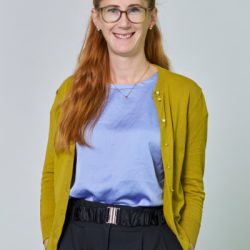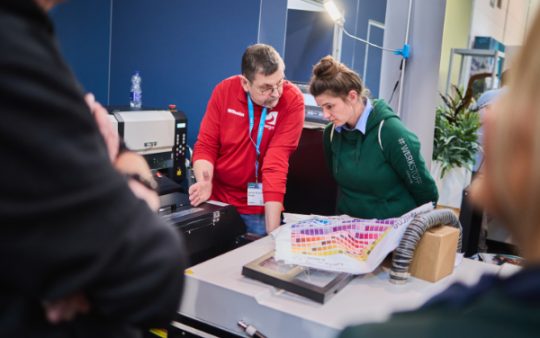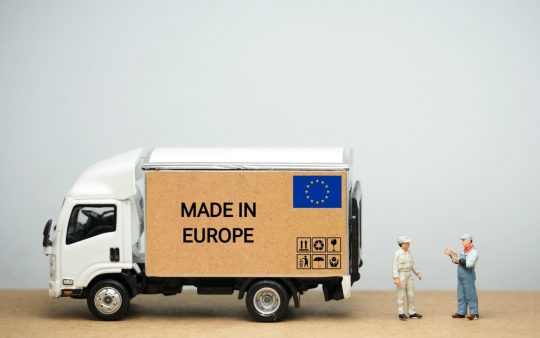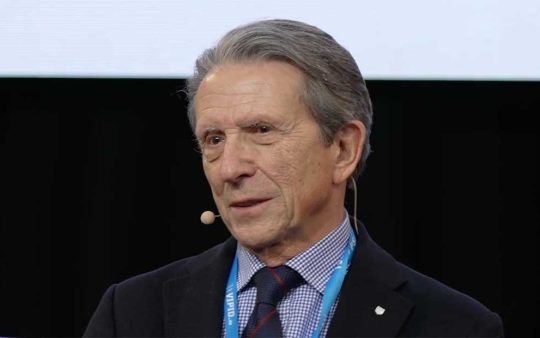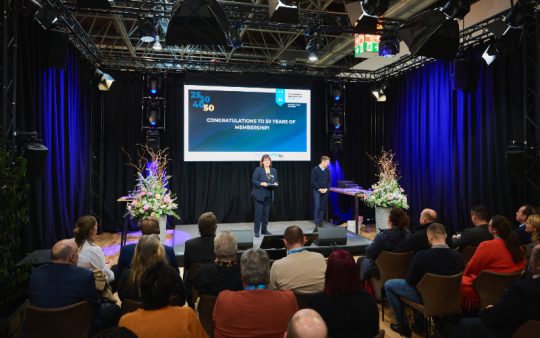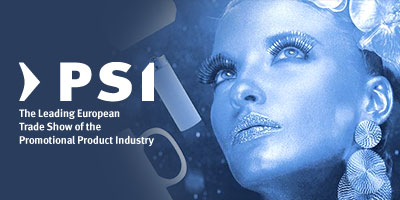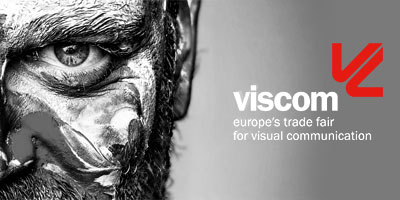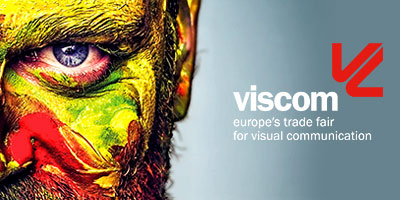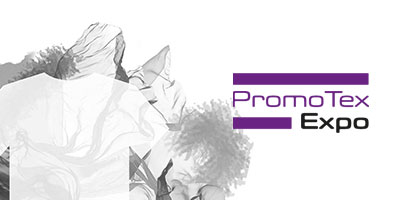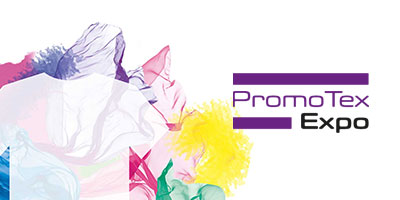Sustainable Merchandise: This is what you can learn from Eintracht Frankfurt at PSI 2024
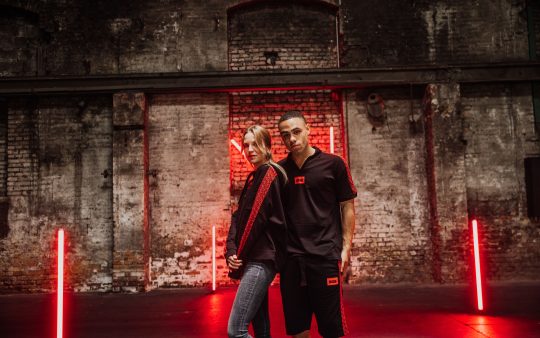
Published on 27.10.2023
So what does merchandise have to be capable of today? And what needs to be considered when developing textiles for sports clubs? On 10 January, Martin Schittko, Head of Merchandising at Eintracht Frankfurt, will give an insight into how sustainable football merchandising should work. Our interview gives you a first impression.
The Bundesliga without fan items – is that conceivable?
Martin Schittko: “I hope not, otherwise I would be without a job. However, all joking aside. It’s absolutely not conceivable, because as long as fans want to make their sympathy and attachment to their club visible, there will also be articles that make that happen, and that simply has nothing to do with football or the Bundesliga, but applies from basketball to triathlon and from sport to music or film.“
How many products does your fanshop stock at the moment? How many categories? How many target groups?
Martin Schittko: “Our range currently includes around 1,300 products. It’s difficult to divide that into categories. We do that for the online shop, but it’s not easy to always define the right category for each product. In the end, every fan shop is like a department store – from textiles to accessories to mugs to food, you’ll find a very diverse product range. And as far as target groups are concerned – the question is rather which target group we are not trying to serve. Being a fan usually starts early and ideally never ends.“
What are the bestsellers?
Martin Schittko: “Clearly, it’s the soccer jerseys every year. The better the team performs on the court, the more are sold here. Otherwise, it’s traditionally scarves, caps, hats and all kinds of textiles.“
Since when have you been offering sustainable fan articles, i.e. your Greenkeeper collection? And what tipped the scales?
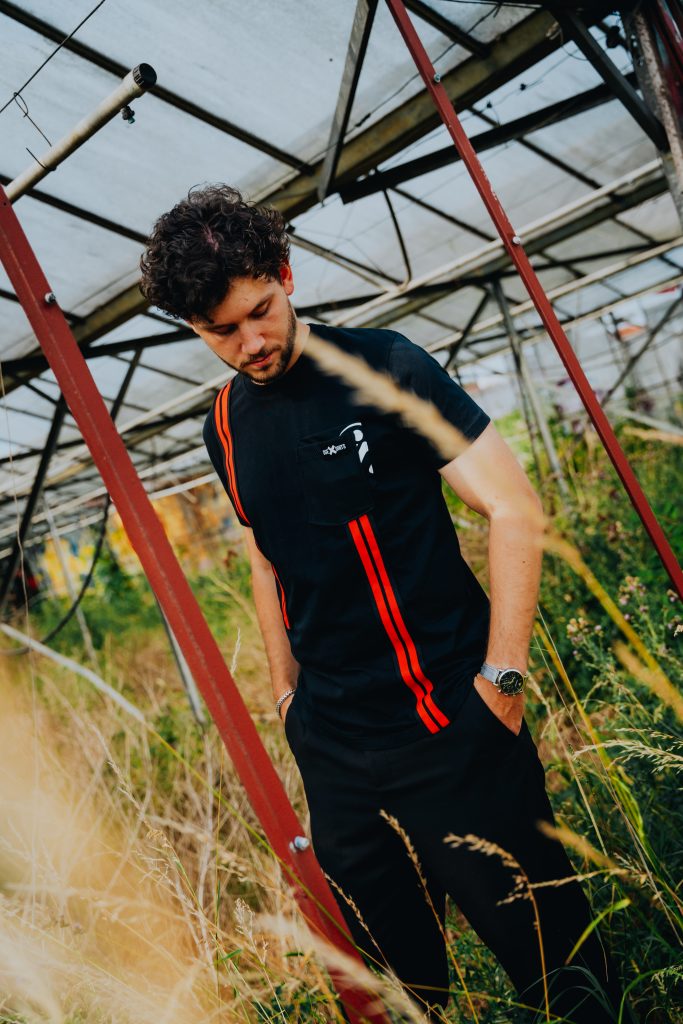
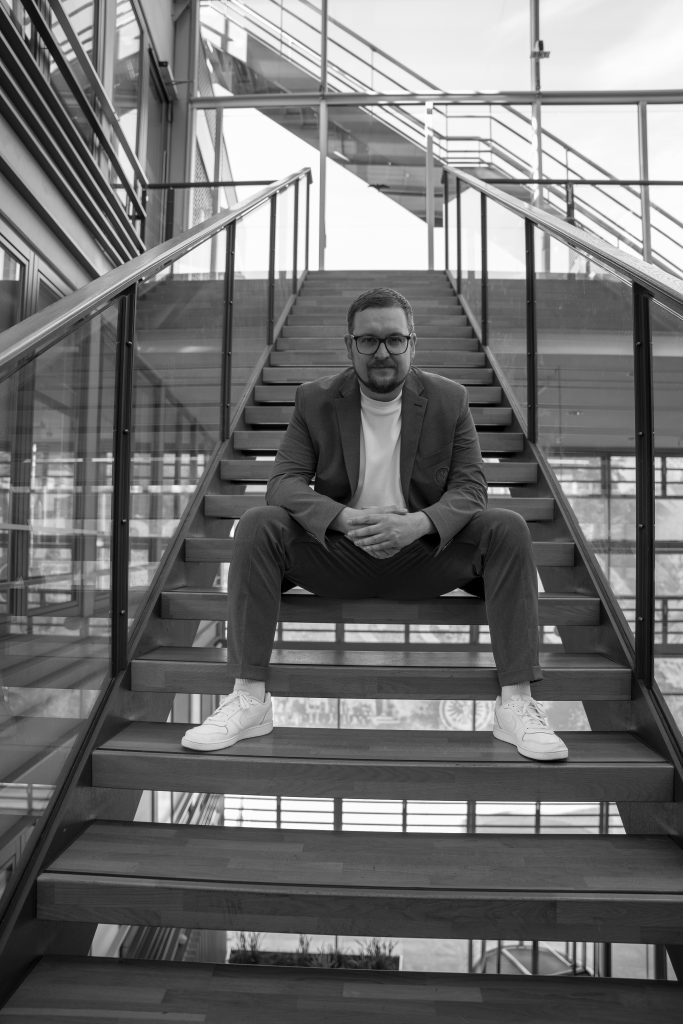
Martin Schittko: “We have actually had this collection in our range for eight years. We started when a manufacturer made product proposals and designs for textiles that we liked. Then, on top of that, the products were produced more sustainably. At that time, our focus was not yet on compulsory sustainable criteria in production. That changed over the years: What was then one of the smallest textile producers in our list of partners has now become one of the most important. In addition, our focus is no longer only on ‘what is produced’ but increasingly on ‘how is produced’ and ‘where is produced’. For textiles, the basic requirement is that we focus on recycled polyester or organic or pre-consumer cotton, and items that are also produced fairly are then given the ‘Greenkeeper’ label by us.“
What is the role of sustainable promotional merchandise in your marketing?
Martin Schittko: “When we promote our articles, we increasingly make sure that we include the sustainability factor. We also label articles in the online shop with the country of production and name our implementing partners for the sake of transparency. From a sales perspective, we currently see no reason to focus on the issue of sustainability. The decisive factor for the purchase of a product is and remains the design in connection with the price. In our case, not yet whether the article was produced sustainably.“
What should be considered when developing sustainable textile lines for sports clubs?
Martin Schittko: “Basically, there are two strands in the area of merchandising for textiles. One of them is the range of equipment goods, where you create products for the team together with large global brands and where you depend to a large extent on the corporate philosophy of the partner. Here we are very lucky with Nike, because they have been using recycled polyester in large parts of their sportswear for years.
The other part are the own productions, where the clubs have their own factories produce or compile their textile assortment through implementing partners. Here you have much more influence on the ‘what, how and where’, and it is easier to become more sustainable. However, the price is often a challenge here. Sustainability simply costs more and you can’t pass on the significantly higher purchase prices in full to your fans. It’s a fine line, where you’re always faced with the choice between sacrificing quality or sacrificing margin.“
What is the trend / demand in sales?
Martin Schittko: “The trend in sales of sustainable textiles is strongly upwards. However, this is not driven by demand, but by the fact that we hardly offer conventionally produced textiles in our range any more. However, this development is not driven by the fan, but by our self-image of what and how we want to offer fan articles.“
Does Eintracht Frankfurt have a separate department for the development, procurement and production of promotional items / merchandise?
Martin Schittko: “In the merchandising area, we have a team of six employees who work in the product management department. Here, product ideas are coordinated with manufacturers and the products are purchased.“
What are your tasks?
Martin Schittko: “As Head of Merchandising, I am responsible for the departments Product/Licences, Sales B2B, Sales B2C Retail/Events, E-Commerce and Communication and Administration. That now includes almost 45 permanent employees and 100 temporary staff.“
Which partners do you work with?
Martin Schittko: “In the area of product management and licences, we have about 130 implementation partners. From the equipment supplier Nike to a small regional manufacturer for Bembel, the portfolio of partners is very diverse.“

